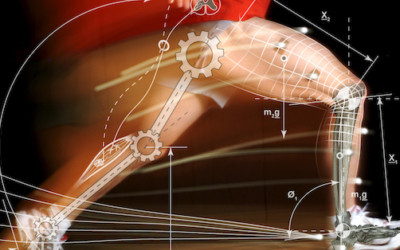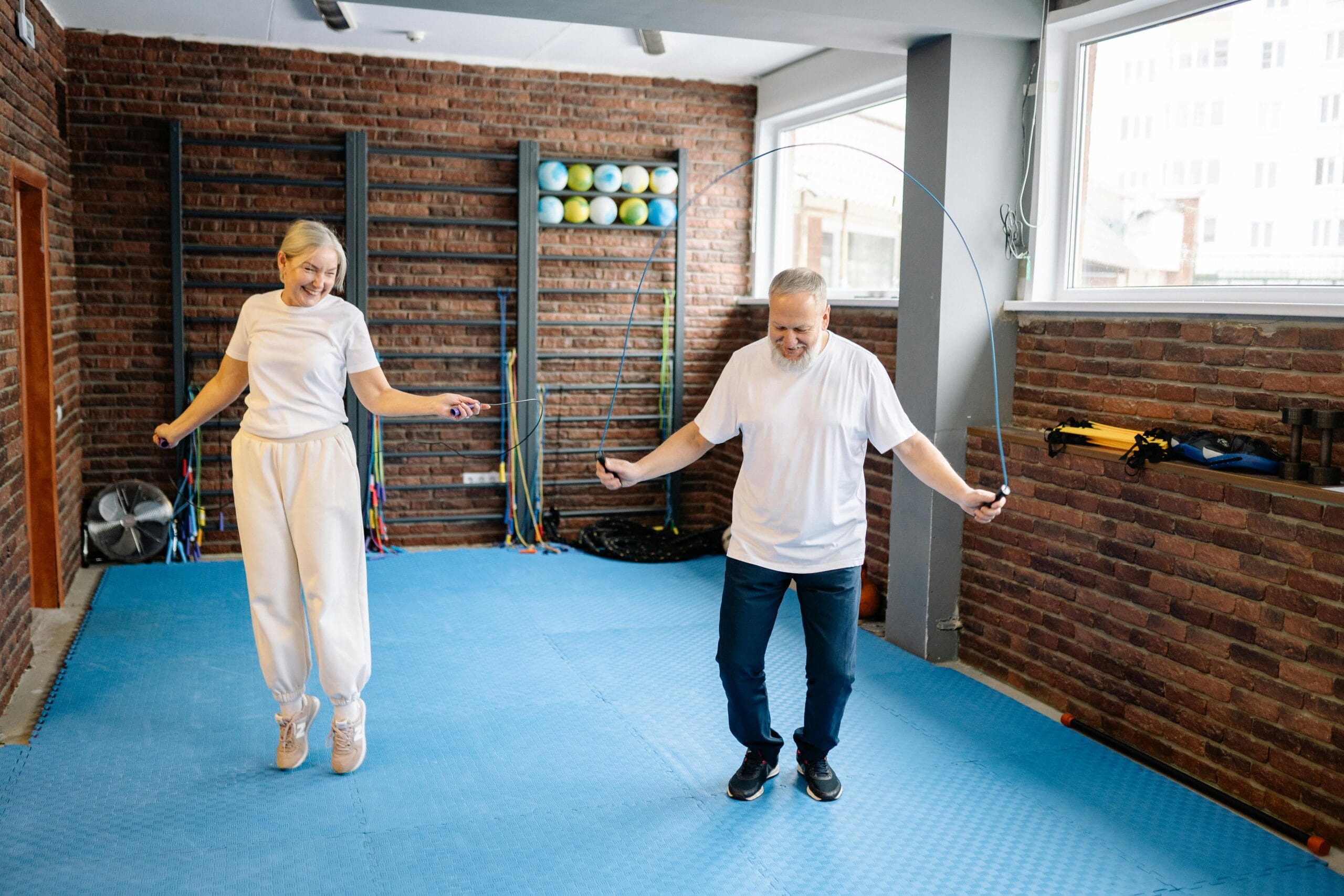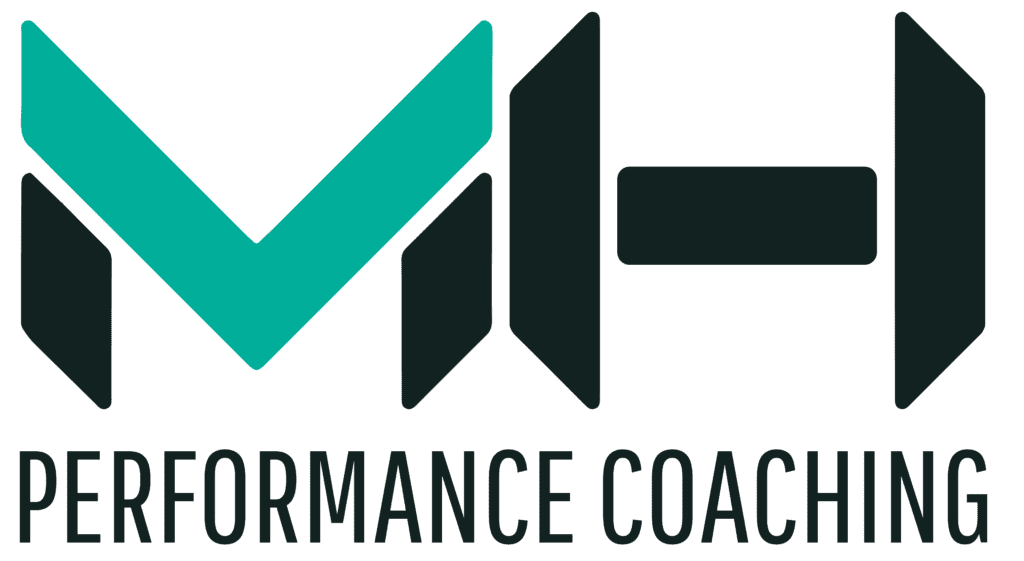Netball is a fascinating sport that demands a mix of quickness, flexibility, and raw power. As in any sports activity, there is always a danger of getting hurt, and netball players must adopt preventive measures to minimize the risk of injury. Fortunately, strength training is one of the most effective methods to prevent injury in netball players. In this write-up, we’ll delve into the advantages of strength training for netball players and provide tips to help you start your strength training program.
Table of Contents
ToggleBenefits of Strength Training for Netball Athletes
- Improved Performance – Strength training can help increase muscle mass, power, and endurance, enhancing netball performance. Stronger muscles can help netball players to jump higher, run faster, and change direction more quickly.
- Injury Prevention – Strength training can also help to prevent injuries by improving muscle strength, flexibility, and balance. Athletes can reduce their risk of injury by building strength in the muscles most commonly used during netball, such as the quads, glutes, and core.
- Reduced Recovery Time – In the event of an injury, athletes who have undergone strength training may recover more quickly due to their muscles’ increased strength and resilience.
- Improved Mental Health – Strength training can also benefit athletes by reducing stress and anxiety and improving overall mood and well-being.
Key Principles of Strength Training for Netball Athletes
- Train for Specificity – When designing a strength training program for netball athletes, it is essential to train for specificity. This means focusing on the muscles and movements most relevant to netball, such as jumping, landing, and changing direction.
- Progressive Overload – To see results from strength training, gradually increasing the load and intensity of the exercises is essential. This can be achieved through rising weights or resistance, increasing the number of reps, or decreasing the rest time between sets.
- Consistency – Consistency is critical when it comes to strength training. Netball athletes should aim to strength train at least 2-3 times weekly to see the benefits.
- Variety – It is essential to vary the exercises and workouts to prevent boredom and plateauing. Incorporating a mix of strength training exercises, such as squats, lunges, and deadlifts, can help to keep workouts challenging and engaging.
To begin a strength training program, it is recommended to seek the advice of a certified strength and conditioning coach who can design a program tailored to your specific needs. If you are new to strength training, starting slowly and increasing intensity gradually to avoid injury is important. Some of the best exercises for netball players include squats, lunges, deadlifts, and calf raises. These exercises should be incorporated into your training regimen two to three times a week, with adequate rest between sessions.
Tips for Implementing a Strength Training Program
- Consult a Professional – Before beginning any strength training program, it is essential to consult with a professional, such as a certified personal trainer or strength and conditioning coach. They can help design a program tailored to an athlete’s needs and goals.
- Start Slow – It is essential to start slow and gradually build up the intensity of the workouts. Overloading too quickly can lead to injury and burnout.
- Focus on Technique – Proper technique is essential for effective and safe strength training. Netball athletes should focus on mastering the technique of each exercise before increasing the weight or intensity.
- Warm Up and Cool Down – It is vital to warm up before beginning any strength training session and cool down afterwards. This can help to prevent injury and reduce muscle soreness.
- Track Progress – Keeping track of progress can motivate and help identify improvement areas. Netball athletes should track their weight lifted, reps completed, and any other relevant metrics.
Strength training helps players avoid injuries and improves their overall performance. It increases muscle mass, enhances muscular endurance, and fortifies bones and joints. When athletes engage in regular strength training, they become physically stronger, their reaction time improves, and their coordination and balance become more precise. The upshot is that players become better equipped to handle the physical demands of netball games.
A systematic approach must be taken when designing appropriate strength and conditioning programs for team sports athletes. Protocols exist that must be adhered to. These protocols will allow the strength and conditioning coach to individually analyze each athlete and apply those findings to the sporting discipline in which the athlete participates. Generally, this series of protocols is called a Needs Analysis.
Needs Analysis for Sport
Application of a needs analysis for sports is used for two significant reasons. The first reason is to correctly identify the primary energy systems utilized during actual sports play. Accurately analyzing these systems allows the strength and conditioning professional to design a program geared toward performance enhancement (I will go more in-depth about this in a future post). The second reason for the needs analysis (and also the primary focus of this post) is to identify common injury sites associated with the sport. Once established, the strength coach must familiarise himself or herself with the mechanism of those common injuries and develop successful strategies for prevention/reduction.
Netball and Injury
Netball is known for its high incidence of injuries. Specifically knee and ankle injuries. For simplicity’s sake, I will discuss youth/adolescent netball injuries. Implementation of effective injury prevention programs is paramount for youth athletes. Including appropriate protocols at younger ages could mean the difference between a lifetime of sports experience and a career cut short/plagued by injury.
Female athletes primarily play netball. Anyone involved with sports coaching or strength and conditioning knows that female youth athletes have an incredibly high instance of ACL and lower body non-contact injuries. A study revealed 70% of ACL injuries occurred during a non-contact condition (1). Netball is no different, with most injuries to the knees and ankles. Although no singular cause can be identified, the high occurrence of these injuries is most likely attributed to anatomical, hormonal, and neuromuscular factors. We can’t do much regarding female youth athletes’ hormonal and anatomical aspects. However, from a strength coaching and programming standpoint, we can work on correcting some neuromuscular components.
Incredibly high joint forces are evident during netball practice and competition. Including; jockeying for position, receiving/sending passes, and taking shots on the basket, all require a series of intense jumps and landings as well as explosive stepping and pivoting. This high tensile shear force amplifies movements and techniques, and preparation for these scenarios is critical to injury prevention and reduction.
Modalities for Injury Prevention
All human movement can be broken down into three separate segments. Concentric muscle activity involves the shortening of a muscle. This is when the joint angle decreases, and the muscular effort is higher than the external resistance. Isometric muscle activity consists of no change in the length of a muscle, no change in joint angle, and the muscular effort and external load are equal. Eccentric muscle action is the lengthening of a muscle, increase in joint angle, and (most importantly for this discussion) when the external load is greater than the muscular effort. Control of eccentric muscle action is critical for efficient deceleration and changing of direction (which are commonly performed in netball). When eccentric control is poor in the lower body, it can negatively affect landing mechanics and knee stability during all movements placing the netball athlete at a higher risk of injury.
In the chaos and unpredictability of Netball gameplay, players will perform an average of one jump per minute (2). A study showed 42% of those jumps involve forward displacement whilst 26% involve jumping and landing laterally (2) 32% of jumps performed in gameplay are vertical. Most players utilize this displacement when passing or receiving the ball (2). This adds another aspect of jumping and landing mechanics when focused on ball control and accuracy. With these statistics in mind, 67% of all jumps during games, regardless of directional displacement, resulted in a unilateral (one-legged) landing (2). So, with this information, we can see how vital an injury prevention training program that reinforces proper landing mechanics is for the total, overall development of netball players.
Injury Prevention Programming
Year-round emphasis must be placed on improving dynamic knee and ankle stability for all youth netball players. The best way to ensure these qualities are sufficiently developed is to design a program combining resistance training exercises to improve lagging muscle groups involved with shock absorption and ground reaction force load dissipation. Further, including plyometric training with a large emphasis on landing mechanics and maintaining joint integrity is vital.
Adherence to a structured Neuromuscular Training Program has been shown to reduce ACL injuries by 88% in 12-17-year-old female athletes participating in high-impact, intense team sport play (3). Other studies have also found that serious knee injury was 2.4 to 3.6 times higher in high school-aged female volleyball, soccer, and basketball players with no previous training oriented towards injury prevention and controlled eccentrics (4). As little as two 15-minute sessions a week were effective in the reduction of ACL and knee-related injuries (5).
Neuromuscular Training Programs should begin early in the offseason. A yearly training plan should follow this general outline:
- The initial weeks should be focused on the instruction of landing and jumping mechanics and allow ample time for athletes to practice these skills. Becoming proficient in multi-joint, compound resistance exercises like squats, front squats, and deadlifts should also take priority. This is called the “Accumulation Block” of the training cycle. The key goals are to recover from the previous season, improve technique on all training modalities, introduce new skills, improve gameplay’s general energy system components, and reevaluate/retest athletes in all fitness-based assessments.
- Once the technique has improved, progressing into eccentric-emphasized training is key. After several weeks and visible improvement in eccentric control, the plyometric aspect should become more sport-specific as the season approaches and include more change of direction and ground reaction force-based skills. This part of training is the “Intensification Block.” Since proficiency has been established in all technical aspects of training, not general strength qualities should take priority.
- Strength training should move more towards improving overall maximal absolute strength qualities. As the season approaches, emphasis should continue on change of direction skills and dynamic joint stability qualities, with a shift in focus to explosive strength-based resistance training. This is the “Transformation Block.” This is the time for all aspects of training to be 100% geared towards transitioning what was gained in the weight room in the offseason to actual on-field performance.
- In-season training is the “Maintenance Block” and should be designed to keep, or at least not degrade, all of the gains made in previous blocks. A considerable emphasis should be placed on maintaining all eccentric-based control and dynamic joint stability to achieve maximum benefit from injury prevention/reduction strategies.
The duration of each training block and the specific session structure should be based on the needs of each athlete, previously established by a structured Needs Analysis. Ideally, programming should be constructed by an experienced, educated, and credentialed strength and conditioning coach. The next part of this series will go a little more in-depth regarding the organization of training and how to fit everything into a yearly plan.
References
1. McNair PJ, Marshall RN, and Matheson JA. Important features associated with acute anterior cruciate ligament injury. The New Zealand Medical Journal 103: 537-539, 1990
2. Davidson A. and Trewartha G. Understanding the Physiological Demands of Netball: a time-motion investigation. International Journal of Performance Analysis in Sport 8: 1-17, 2008
3. Hägglund M, Atroshi I, Wagner P, and Waldén M. Superior compliance with a neuromuscular training program is associated with fewer ACL injuries and fewer acute knee injuries in female adolescent football players: secondary analysis of an RCT. British Journal of Sports Medicine 47:974-979, 2013.
4. Hewett TE, Lindenfeld TN, Riccobene JV, and Noyes FR. The effect of neuromuscular training on the incidence of knee injury in female athletes. A prospective study. The American Journal of Sports Medicine 27: 699-706, 1999.
5. Waldén M, Atroshi I, Magnusson H, Wagner P, and Hägglund M. Prevention of acute knee injuries in adolescent female football players: a cluster randomized controlled trial. BMJ 344: e3042, 2012.





